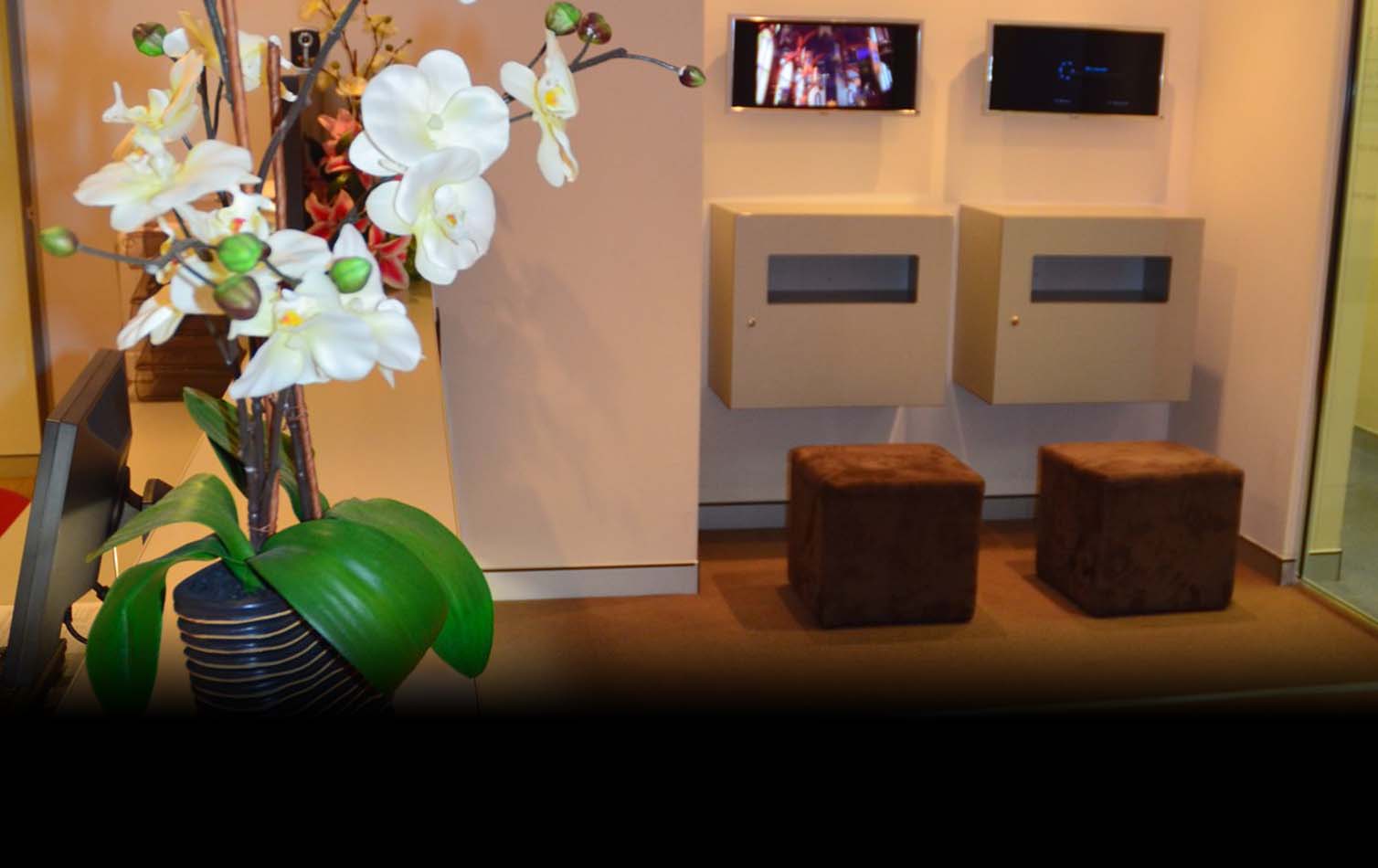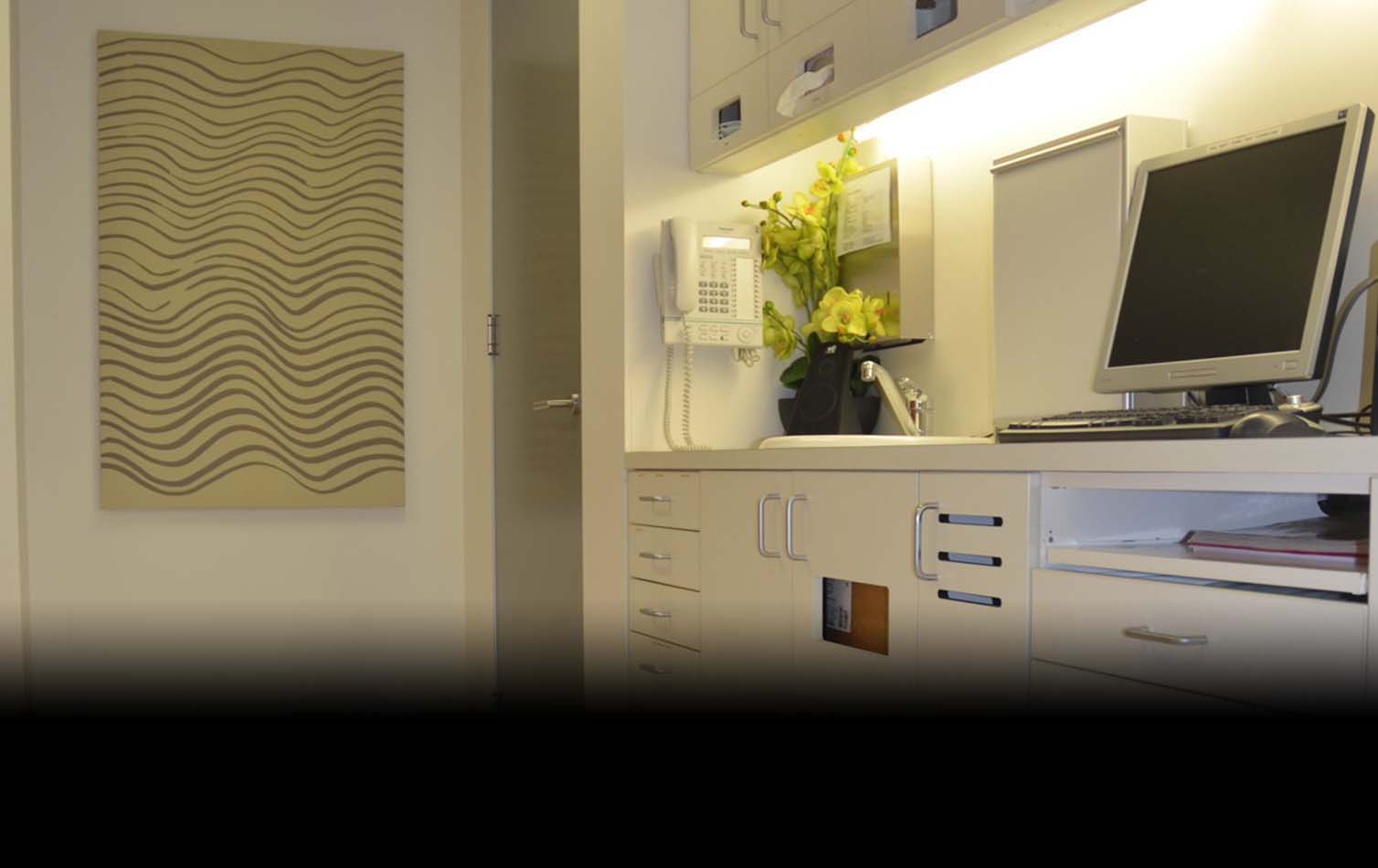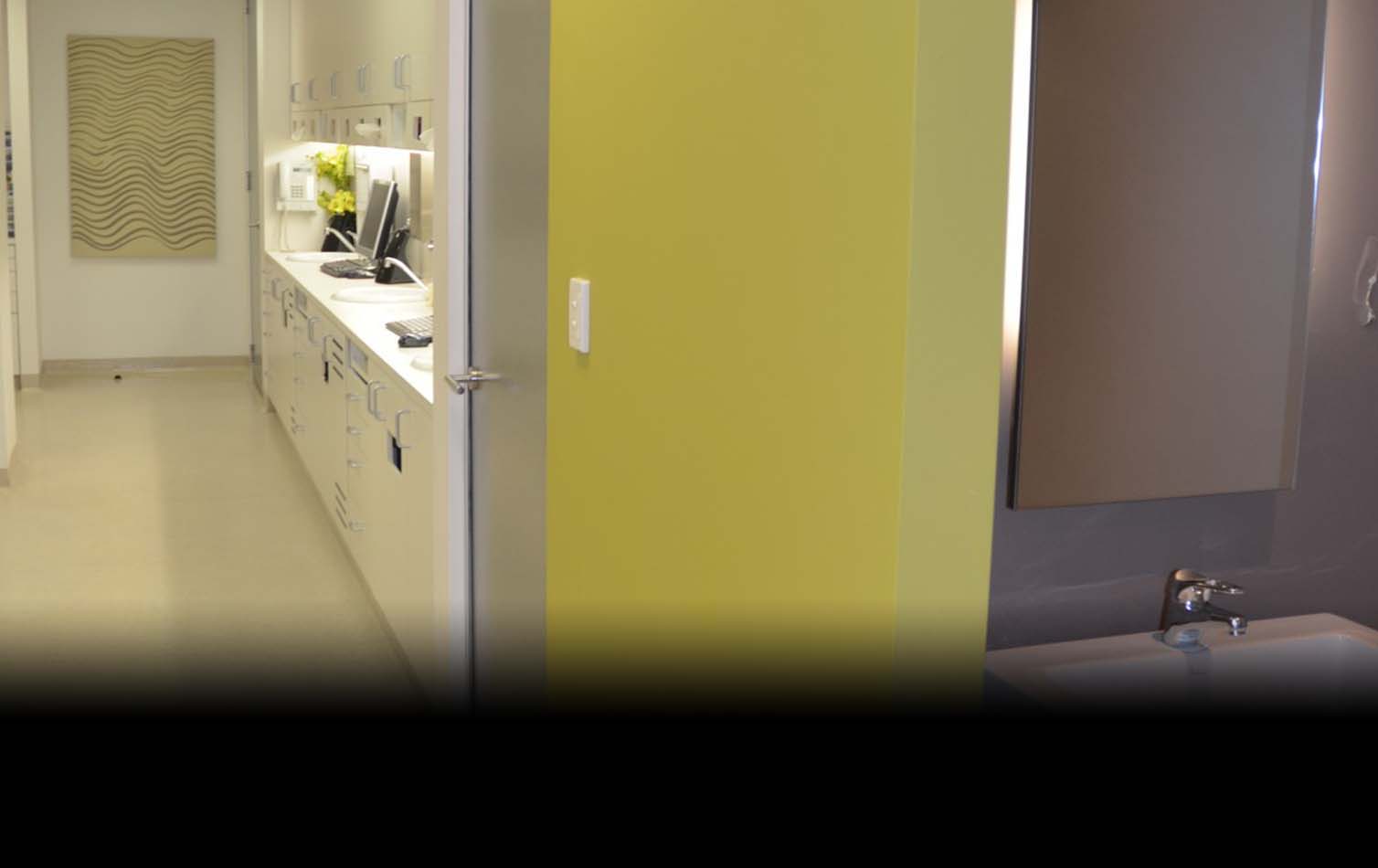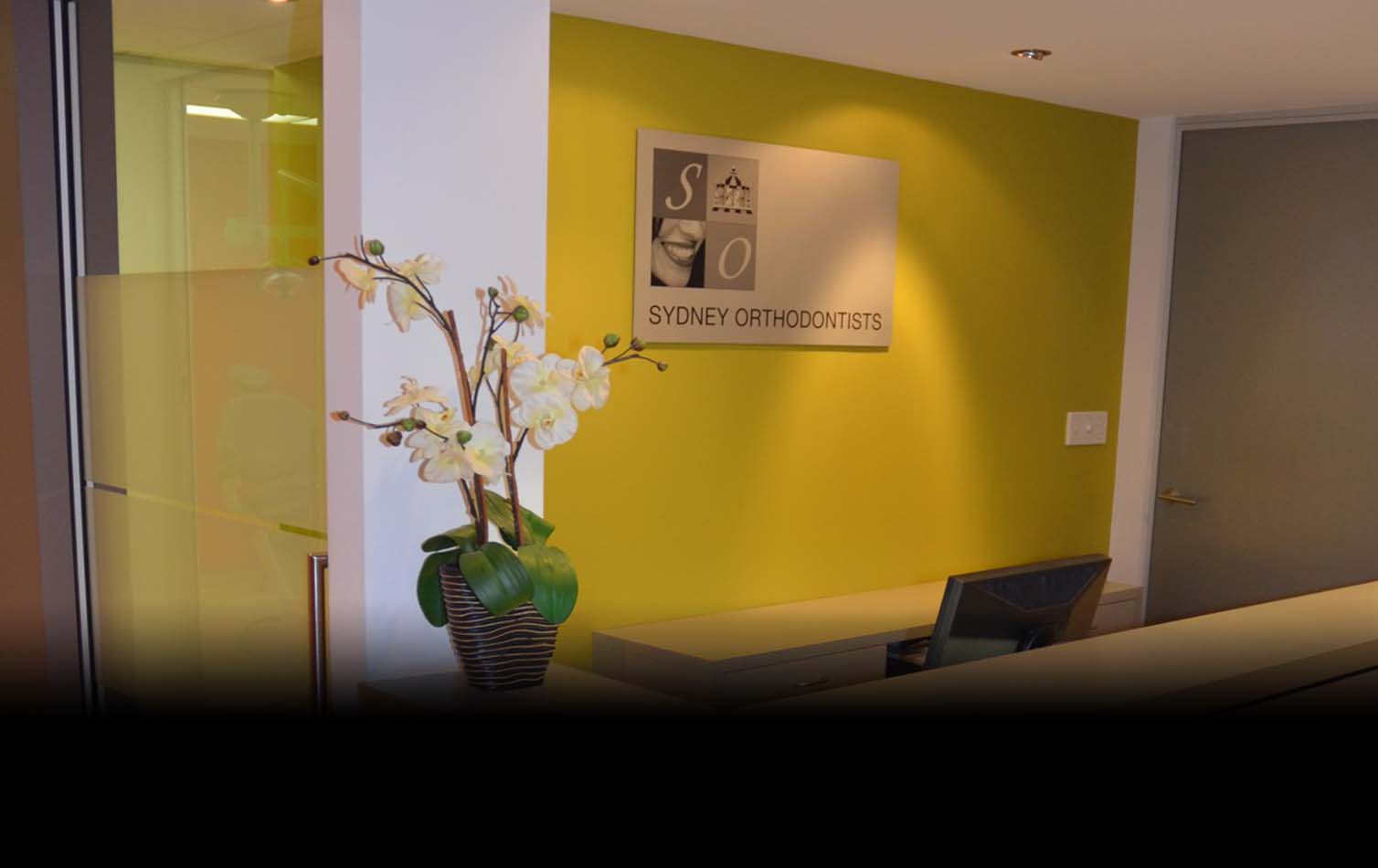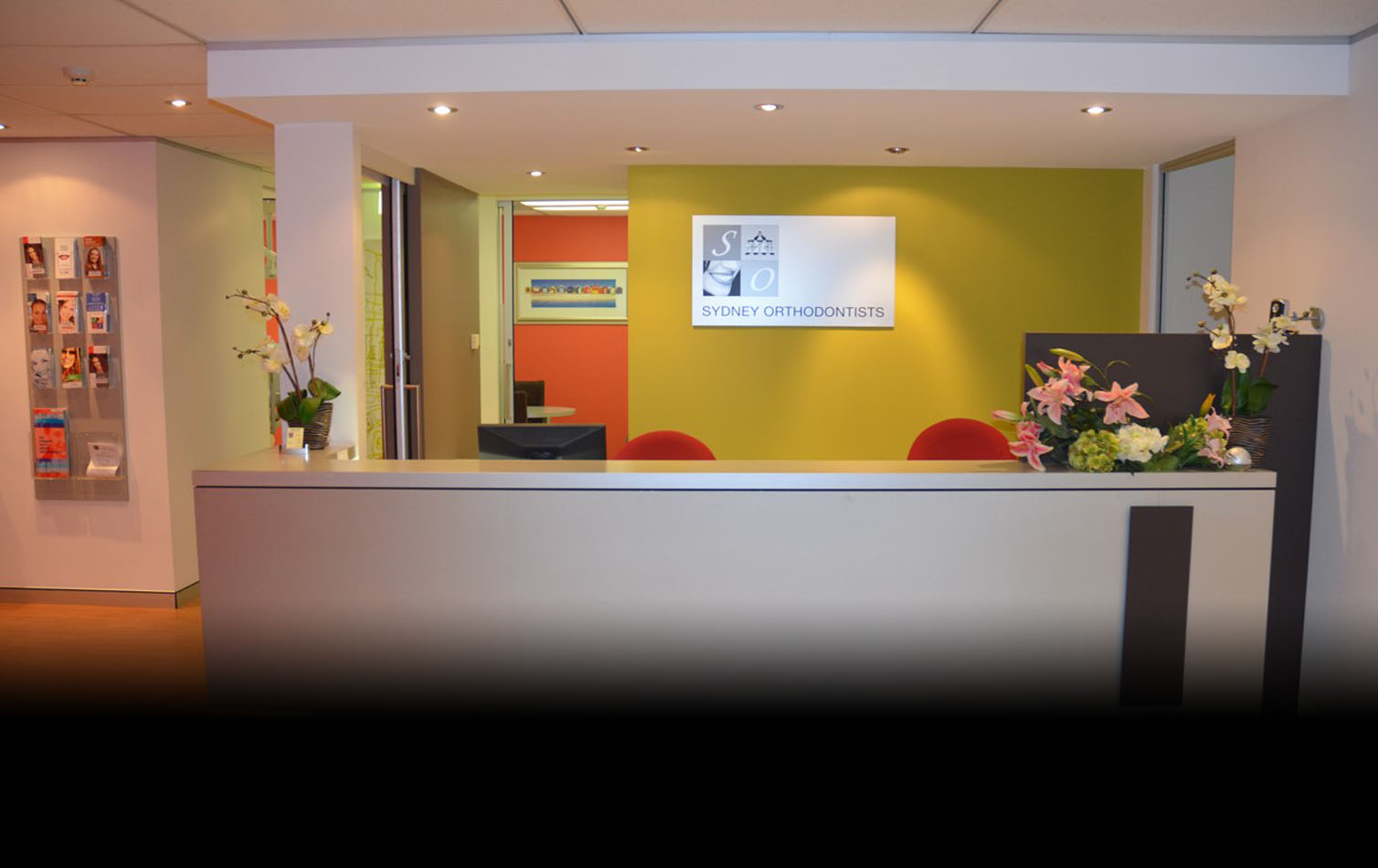Crowded teeth
A disharmony between tooth-size and jaw- size can result in crowded, irregular teeth.
Orthodontic treatment usually involves the use of braces which are the most efficient and accurate way of aligning teeth.Crowded teeth can be unattractive and more difficult to clean. They are prone to uneven wear.
Spaced teeth

Spaces can result from a disharmony between tooth-size and jaw-size or by abnormal tongue thrusting activity.
Spaces between the teeth can look unattractive and can interfere with speech.
Orthodontic treatment usually involves the use of braces to align the teeth and to close the spaces.
Abnormal tongue activity must be eliminated or the spacing is likely to recur.
Protruded teeth
Protruded teeth result when the position of the upper jaw is forward of the lower jaw.
In severe cases, the lower lip may sit behind the upper front teeth and push them further forward to accentuate the disharmony.
Protruded teeth can be unattractive and prone to accidental damage. Often teeth become worn unevenly. Sometimes, the lower front teeth can over-erupt and damage the gum behind the top front teeth.
Orthodontic treatment involves the aligning, levelling, and coordination of both arches with braces. In growing patients, the bite is corrected with headgear, elastics or functional appliances.
In severe cases, especially if growth is complete, jaw surgery might be required to correct the jaw disharmony.
Under-bite
 When the lower jaw is forward in relation to the upper jaw, the lower front teeth protrude beyond the upper teeth and an “under-bite” results.
When the lower jaw is forward in relation to the upper jaw, the lower front teeth protrude beyond the upper teeth and an “under-bite” results.
An under bite can be unattractive and can cause uneven wear of the front teeth and jaw joint problems.
In mild cases, conventional orthodontic treatment with braces, elastics, and reverse- pull headgear can be used to correct the problem.
In more severe cases, jaw surgery is required to correct the bite and to create a more harmonious facial profile.
Deep bite
The upper and/or lower front teeth can over erupt to produce a deep bite.
In severe cases, the upper teeth can cover the lower teeth completely.
A deep bite can cause excessive wear of the front teeth and can damage the gum behind the upper front teeth.
Deep bites can exert excessive strain on the jaw joint resulting in temporo-mandibular joint problems.
Open-bite
 An open-bite exists when opposing teeth don’t meet.
An open-bite exists when opposing teeth don’t meet.
An open-bite can cause eating problems and excessive wear of those teeth which do make contact. An open-bite can be unattra
ctive and can be associated with speech problems.
Open-bites are often caused by abnormal tongue habits and, although the open-bite can be closed with braces, unless the abnormal tongue habits are corrected, the open bite is likely to recur.
Posterior Cross-bite
The upper teeth should fit outside the lower teeth like a lid on a box. If the upper jaw is too narrow, the lower jaw usually swings to one side to allow the back teeth to mesh.
A posterior cross-bite results. Posterior cross-bites can result in uneven wear of the teeth and can place extra strain on the jaw joint resulting in temporo-mandibular joint problems.
Orthodontic treatment involves the use of a fixed or removable appliance to widen the upper jaw (maxillary expansion).
Once the upper jaw has been widened, the lower jaw can close normally.
Anterior cross-bite
 Front teeth can also erupt in anterior cross-bite.
Front teeth can also erupt in anterior cross-bite.
Anterior crossbites can cause uneven wear of the teeth and can interfere with normal jaw closure, placing extra strain on the jaw joint which can result in temporo-mandibular joint problems.
Orthodontic treatment involves the use of a fixed or removable appliance to move the offending tooth (or teeth) forward into a normal position.
Sometimes deciduous teeth may be extracted to provided sufficient space.
As a general rule, anterior crossbites should be corrected as soon as they are detected.
Missing teeth 
Missing teeth usually result in unattractive spaces.
Opposing and adjacent teeth can drift into the space to create further problems.
Orthodontic treatment involves moving all teeth into correct position, and creating proper space to facilitate replacement of the missing teeth with prostheses.
In certain situations, it is possible to close the spaces and avoid having to replace teeth with prostheses.
Impacted teeth
 Impacted teeth don’t have sufficient space to erupt.
Impacted teeth don’t have sufficient space to erupt.
Orthodontic treatment involves creating space to allow the impacted tooth to erupt.
Ectopic teeth
Ectopic teeth are teeth which develop in the wrong position.
In most cases, ectopic tooth can be moved into the correct position with braces.
In this case, an ectopic canine (eye tooth) was surgically exposed and braces were used to move it into its correct position.
Thumb sucking
 Sucking the thumb (or fingers) can produce a localised deformation of the teeth and supporting bone.
Sucking the thumb (or fingers) can produce a localised deformation of the teeth and supporting bone.
Once the sucking habit has been stopped, natural improvement can occur.








